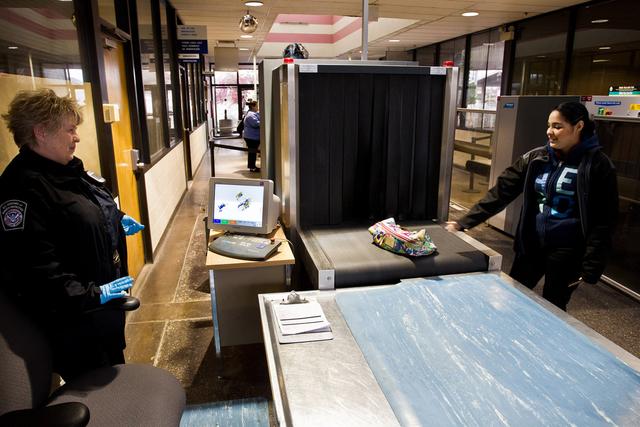Police Officers
Overview
Introduction
Police officers perform many duties relating to public safety. Their responsibilities include not only preserving the peace, preventing criminal acts, enforcing the law, investigating crimes, and arresting those who violate the law but also directing traffic, community relations work, and controlling crowds at public events. Police officers are employed at the federal, state, county, and city level.
State police officers patrol highways and enforce the laws and regulations that govern the use of those highways, in ad...
Quick Facts
Median Salary
Employment Prospects
Minimum Education Level
Experience
Skills
Personality Traits
Earnings
According to the U.S. Department of Labor (DOL), police and sheriffs patrol officers earned a median annual salary of $72,280 in May 2023. The lowest 10 percent earned $45,200 or less a year, while the highest 10 percent earned $111,700 or more annually. Half of police and sheriffs patrol officers earned between $54,770 and $92,410.
Police detectives and criminal investigators earned med...
Work Environment
Police officers work under many different types of circumstances. Much of their work may be performed outdoors, as they ride in patrol cars or walk the beats assigned to them. In emergency situations, no consideration can be made for weather conditions, time of day or night, or day of the week. Police officers may be on call 24 hours a day; even when they are not on duty, they are usually requi...
Outlook
Employment for police officers and detectives is expected to grow by 4 percent from 2023 through 2033, according to the U.S. Department of Labor (DOL). This is as fast as the average for all occupations. The DOL reports that "a desire for public safety may result in a need for more officers. However, demand for employment is expected to vary by location, driven largely by local and state budget...





































